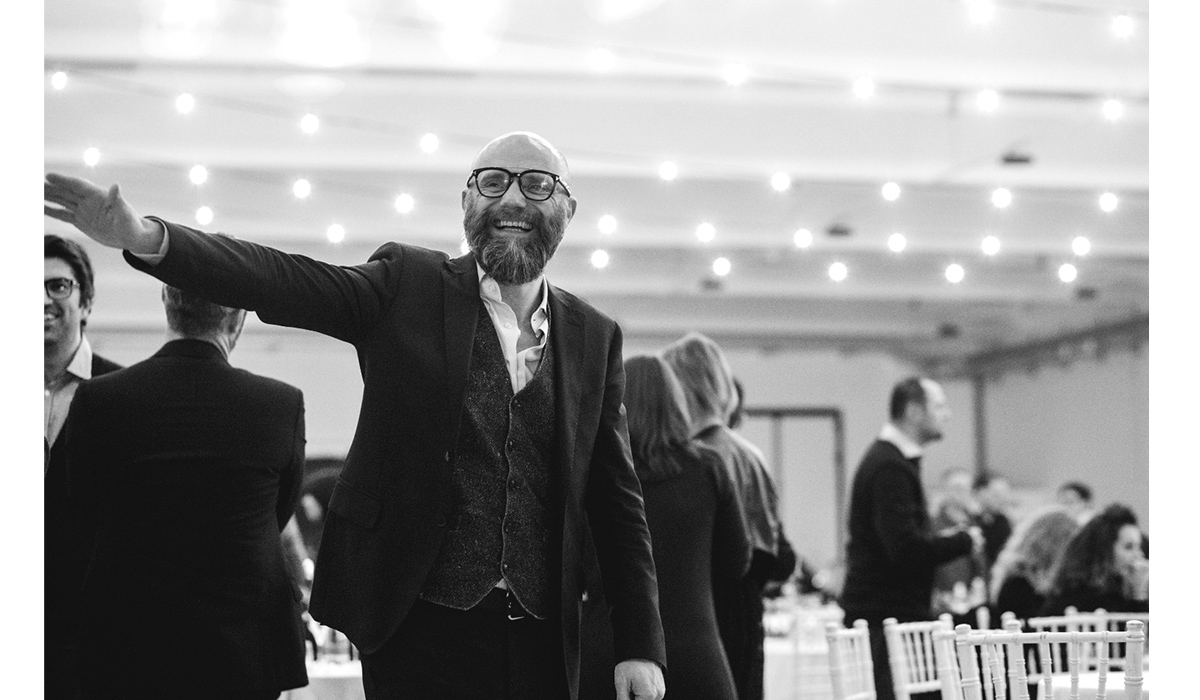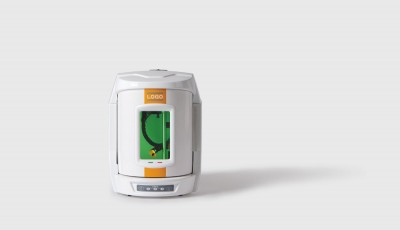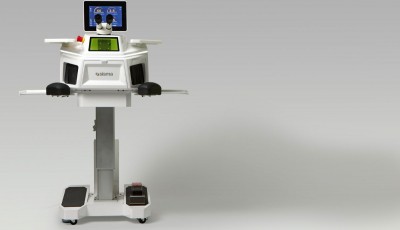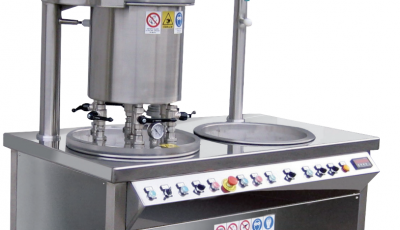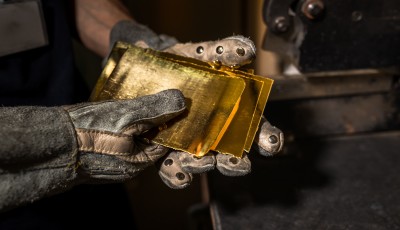Precious Metal Recovery is Tailor-made
Omar Antonio Cescut, Chief Marketing & Communication Officer at Lem Industries, explains the success of BTT Italia, one of the group’s companies
Precious metals hold an extremely significant place in the material recycling market thanks to their high value. A sector that is growing exponentially and in which BTT Italia operates.
How do you get the most from recovery procedures?
You have to start from a precondition and two elements that explain BTT Italia’s intense activity. First of all, some processes and recovery methods represent an increase in efficiency in company and industry resources, and managing to internalize them means directly controlling the values. Secondly, more and more countries want to govern raw material recovery processes, including precious metals, also in consideration of the increase in the current value. The price of rhodium, for example, has risen to 630 Euros a gram. The most virtuous entrepreneurs are heading in this direction and the jewelry industry is also responding very well.
What key words explain the concept of recycling?
The system rotates around three words which make everything worthwhile: sustainability, circularity, returning to local. Nowadays, healthy companies rooted in one country and one territory like ours, need to think and act by paying particular attention to the local resources in which to invest. Let me give you an example. We cannot think about performing in the rest of the world when our neighboring company has still not updated and maximized its systems and is, perhaps, in difficulty, also in view of the fact that the markets are blocked at the moment. We need to re-invest in the local market with a national economy logic.
Let’s talk about precious metal recovery. How do the “wheels start turning”?
Now, thanks to the significant amount of pre-extracted precious metal which, for example, goes into product assembly and which we find in WEEE (Waste from Electrical and Electronic equipment), we actually have numerous opencast mines, in other words, mines above ground. What we must do is to picture mining as an upside-down pyramid, be more concerned about acting in favor of circularity and re-use rather than exploit natural resources which are, by definition, limited and which cannot re-generate themselves. A clear message is that from one ton of old mobile phones, we can extract up to 1 kg of gold and other precious metals. Nevertheless, the concept of an ethical supply chain does not only involve the jewelry sector, if we think about ethical gold and no blood diamonds. Besides respecting the environment, an ethical supply chain now includes the people and resources linked to the territory around the mine, and even the precious metal from recovered materials and industrial waste, for example, from spaceships, disused airplanes or digital connection cables, are resources.
How do you design a personalized system?
The process personalization system offered by BTT Italia starts by analyzing the initial quantity to be recovered and its nature, in other words, if the waste is industrial, galvanic or jewelry industry scraps. We also work considerably with governments and State mints (gold and metal affect the GDP) as well as large companies and gold-jewelry businesses, especially in Italy and Switzerland, that are increasingly researching into ethical gold. First and foremost, BTT makes a quantitative and qualitative analysis with various in-house tests, then it presents a targeted and personalized plan for recovering industrial waste and, lastly, it defines a model and process that we guarantee will be constantly updated in accordance with the discipline and regulations of sustainability and possible circularity.
What is the waste used for?
The waste - which becomes precious – can be re-used in production processes and, for authorized companies, can be offered onto the market. Here’s an example: all the waste from a galvanic industry process is collected in an ingot which is added value and can be re-used in the same production process. Alternatively, part of the precious recovered material can be sold to create more wealth. Up until a few years ago, this waste was not even considered and was either merely discarded or entrusted to external companies. In jewelry manufacturing processes, precious metals are dispersed both inside and outside the factory where liabilities could be generated by many factors and production phases. Nowadays, total sustainability must be a given fact, we will never have a Planet B and somehow the pandemic has accelerated companies’ awareness. The problem still remains of a lack of awareness regarding industrial recovery and the value of recycling in a circular economy, or rather, that a raw material can go back to being a raw material.
How do you get the most from recovery procedures?
You have to start from a precondition and two elements that explain BTT Italia’s intense activity. First of all, some processes and recovery methods represent an increase in efficiency in company and industry resources, and managing to internalize them means directly controlling the values. Secondly, more and more countries want to govern raw material recovery processes, including precious metals, also in consideration of the increase in the current value. The price of rhodium, for example, has risen to 630 Euros a gram. The most virtuous entrepreneurs are heading in this direction and the jewelry industry is also responding very well.
What key words explain the concept of recycling?
The system rotates around three words which make everything worthwhile: sustainability, circularity, returning to local. Nowadays, healthy companies rooted in one country and one territory like ours, need to think and act by paying particular attention to the local resources in which to invest. Let me give you an example. We cannot think about performing in the rest of the world when our neighboring company has still not updated and maximized its systems and is, perhaps, in difficulty, also in view of the fact that the markets are blocked at the moment. We need to re-invest in the local market with a national economy logic.
Let’s talk about precious metal recovery. How do the “wheels start turning”?
Now, thanks to the significant amount of pre-extracted precious metal which, for example, goes into product assembly and which we find in WEEE (Waste from Electrical and Electronic equipment), we actually have numerous opencast mines, in other words, mines above ground. What we must do is to picture mining as an upside-down pyramid, be more concerned about acting in favor of circularity and re-use rather than exploit natural resources which are, by definition, limited and which cannot re-generate themselves. A clear message is that from one ton of old mobile phones, we can extract up to 1 kg of gold and other precious metals. Nevertheless, the concept of an ethical supply chain does not only involve the jewelry sector, if we think about ethical gold and no blood diamonds. Besides respecting the environment, an ethical supply chain now includes the people and resources linked to the territory around the mine, and even the precious metal from recovered materials and industrial waste, for example, from spaceships, disused airplanes or digital connection cables, are resources.
How do you design a personalized system?
The process personalization system offered by BTT Italia starts by analyzing the initial quantity to be recovered and its nature, in other words, if the waste is industrial, galvanic or jewelry industry scraps. We also work considerably with governments and State mints (gold and metal affect the GDP) as well as large companies and gold-jewelry businesses, especially in Italy and Switzerland, that are increasingly researching into ethical gold. First and foremost, BTT makes a quantitative and qualitative analysis with various in-house tests, then it presents a targeted and personalized plan for recovering industrial waste and, lastly, it defines a model and process that we guarantee will be constantly updated in accordance with the discipline and regulations of sustainability and possible circularity.
What is the waste used for?
The waste - which becomes precious – can be re-used in production processes and, for authorized companies, can be offered onto the market. Here’s an example: all the waste from a galvanic industry process is collected in an ingot which is added value and can be re-used in the same production process. Alternatively, part of the precious recovered material can be sold to create more wealth. Up until a few years ago, this waste was not even considered and was either merely discarded or entrusted to external companies. In jewelry manufacturing processes, precious metals are dispersed both inside and outside the factory where liabilities could be generated by many factors and production phases. Nowadays, total sustainability must be a given fact, we will never have a Planet B and somehow the pandemic has accelerated companies’ awareness. The problem still remains of a lack of awareness regarding industrial recovery and the value of recycling in a circular economy, or rather, that a raw material can go back to being a raw material.


